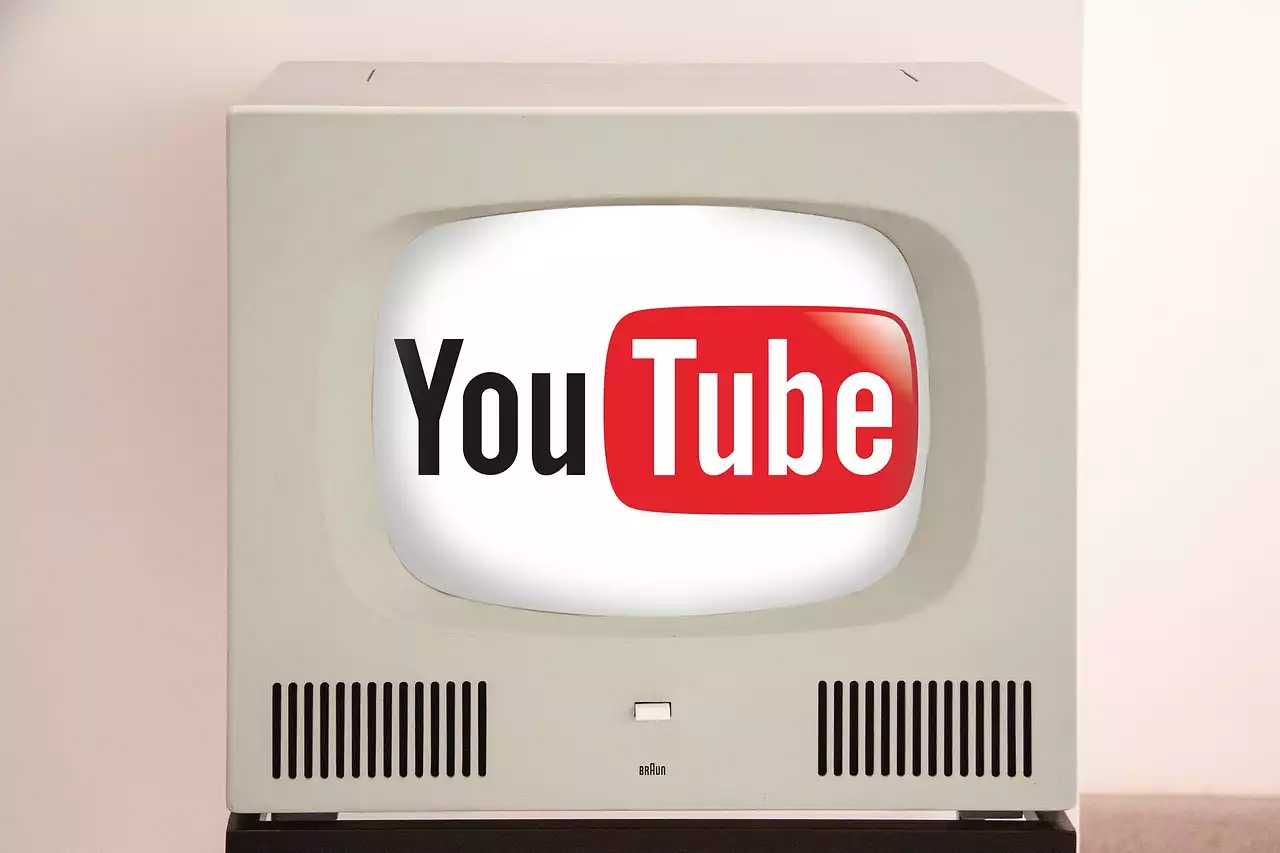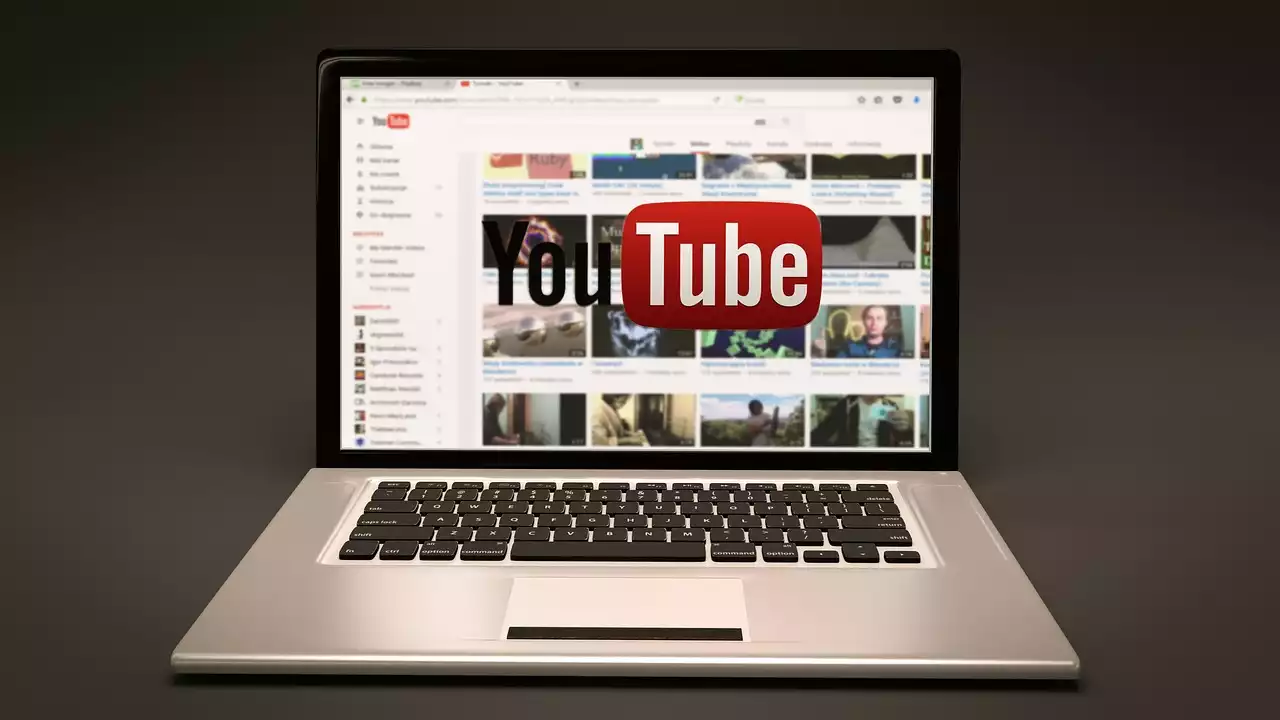YouTube
YouTube is the undisputed king of video hosting. With over 2 billion monthly active users, YouTube is the second-largest search engine in the world after Google. The platform allows users to upload videos of different lengths, formats, and resolutions. YouTube's video player is highly customizable and offers a range of features such as closed captions, annotations, and end screens. The platform also offers robust analytics tools that allow content creators to track their video's performance and engagement.
One of the biggest advantages of using YouTube for video hosting is its vast audience reach. With over 1 billion hours of videos watched daily, YouTube offers an excellent opportunity for content creators to reach a massive audience base. YouTube is also highly SEO-friendly, which means that videos uploaded on the platform have a higher chance of appearing in search engine results pages (SERPs). However, one of the downsides of using YouTube is that the platform is highly saturated, which means that it can be challenging to stand out from the crowd.
Vimeo
Vimeo is a video hosting platform that is popular among filmmakers, videographers, and creative professionals. The platform offers a range of video tools, including customizable video players, privacy settings, and the ability to sell videos directly to viewers. Vimeo also offers a range of video analytics tools, including engagement metrics, viewer demographics, and video performance.
One of the biggest advantages of using Vimeo for video hosting is its emphasis on high-quality video content. The platform has a reputation for hosting high-quality, visually stunning videos, making it an ideal platform for creative professionals. Vimeo also offers a range of privacy settings, which means that content creators can control who views their videos. However, one of the downsides of using Vimeo is its limited audience reach. Unlike YouTube, Vimeo has a much smaller user base, which means that videos uploaded on the platform are less likely to go viral.
Facebook is one of the largest social media platforms in the world, with over 2.7 billion monthly active users. The platform allows users to upload videos of different lengths, formats, and resolutions. Facebook's video player is highly customizable and offers a range of features such as closed captions, auto-play, and the ability to embed videos on external websites. The platform also offers robust analytics tools that allow content creators to track their video's performance and engagement.
One of the biggest advantages of using Facebook for video hosting is its massive audience reach. With over 2.7 billion monthly active users, Facebook offers an excellent opportunity for content creators to reach a massive audience base. Facebook's video player is also highly engaging, with videos auto-playing in the news feed, making it an ideal platform for short-form video content. However, one of the downsides of using Facebook is that the platform's algorithm favors native video content over external video links.
Facebook / Facebook
Instagram is a photo and video sharing platform that is popular among millennials and Gen Zs. The platform allows users to upload videos of up to 60 seconds in length. Instagram's video player is highly engaging, with videos auto-playing in the news feed and stories. The platform also offers a range of video editing tools, including filters, music, and text overlays. Instagram also offers robust analytics tools that allow content creators to track their video's performance and engagement.
One of the biggest advantages of using Instagram for video hosting is its highly engaged audience base. Instagram's user base is highly engaged, with over 1 billion monthly active users. The platform is also highly visual, making it an ideal platform for visually stunning video content. However, one of the downsides of using Instagram is its limited video length. Videos uploaded on the platform are limited to 60 seconds, which means that content creators need to be creative in their video storytelling.
Instagram Domination Purchasing Instagram Accounts
TikTok
TikTok is a short-form video sharing platform that is popular among Gen Zs. The platform allows users to upload videos of up to 60 seconds in length. TikTok's video player is highly engaging, with videos auto-playing in the news feed and discovery page. The platform also offers a range of video editing tools, including filters, music, and text overlays. TikTok also offers robust analytics tools that allow content creators to track their video's performance and engagement.
One of the biggest advantages of using TikTok for video hosting is its massive audience reach. TikTok has over 1 billion monthly active users, making it an ideal platform for content creators to reach a massive audience base. The platform is also highly engaging, with users spending an average of 52 minutes per day on the app. However, one of the downsides of using TikTok is its limited video length. Videos uploaded on the platform are limited to 60 seconds, which means that content creators need to be creative in their video storytelling.
Best practices for video hosting on social media platforms
1. Know your audience: Understand your target audience and create videos that resonate with them.
2. Optimize your video: Use keywords, hashtags, and captions to optimize your video for search engines and social media algorithms.
3. Use a compelling thumbnail: Use a visually appealing thumbnail to attract viewers to your video.
4. Engage with your audience: Respond to comments and messages and create a community around your video content.
5. Consistency is key: Post videos regularly and maintain a consistent posting schedule to keep your audience engaged.
How to choose the right platform for your video content
Choosing the right platform for your video content depends on several factors, including your target audience, video length, and video format. If you're looking to reach a massive audience base, YouTube and Facebook are the ideal platforms. If you're looking to host high-quality video content, Vimeo is the right platform. If you're looking to reach a younger audience base, Instagram and TikTok are the ideal platforms. It's essential to understand your video's goals and objectives and choose the platform that aligns with them.






.png?size=50)



